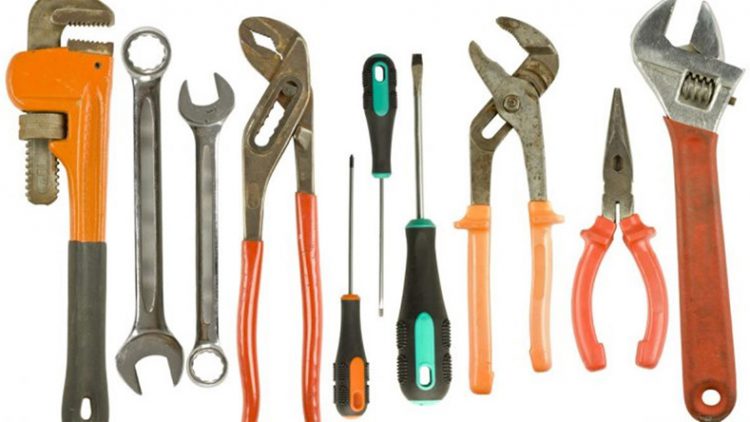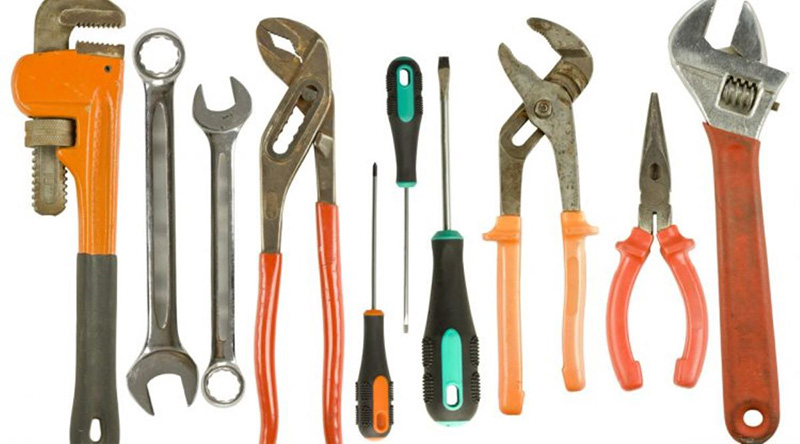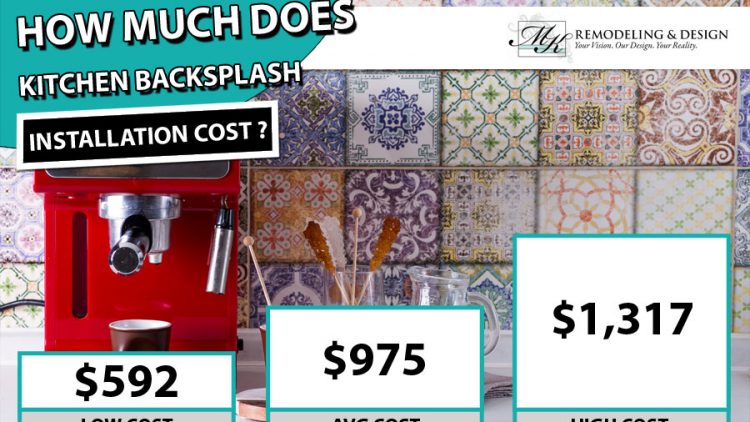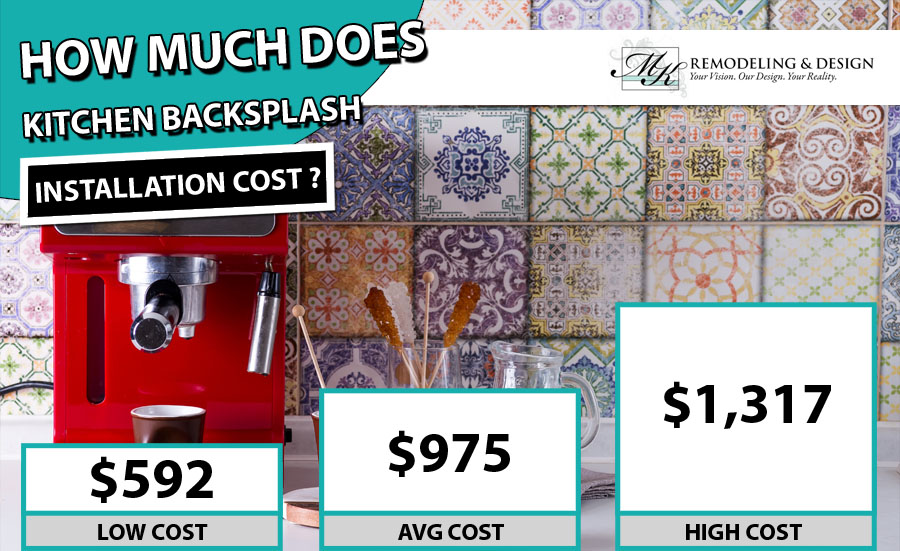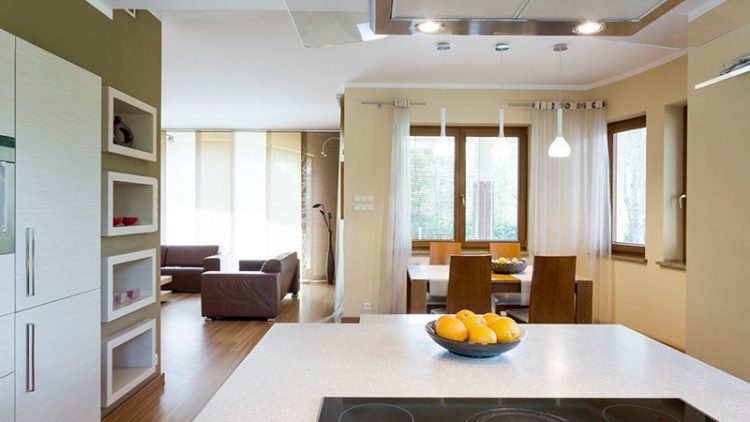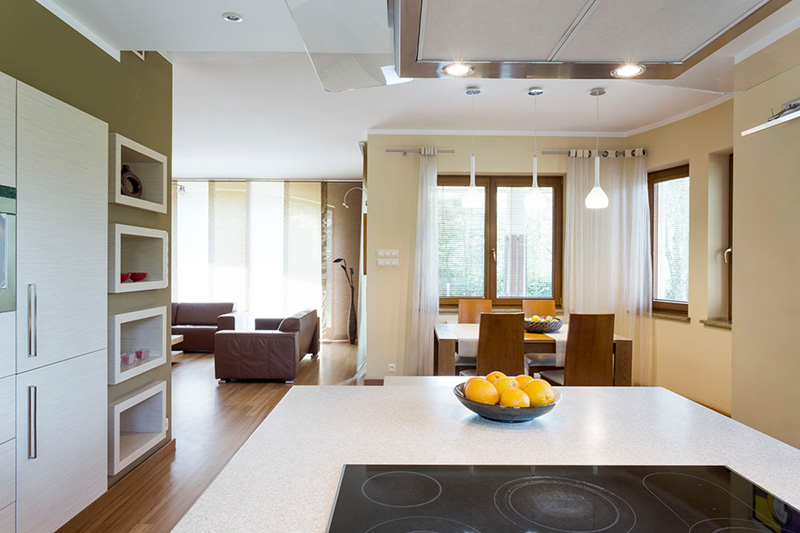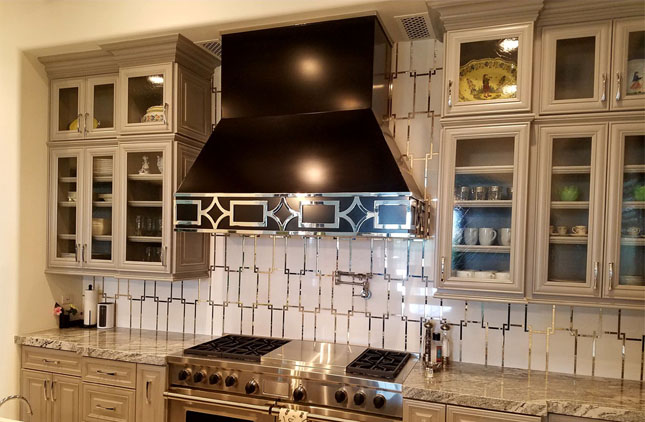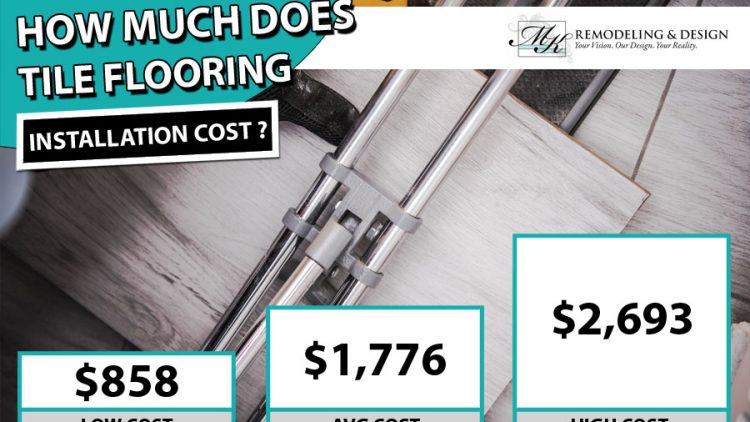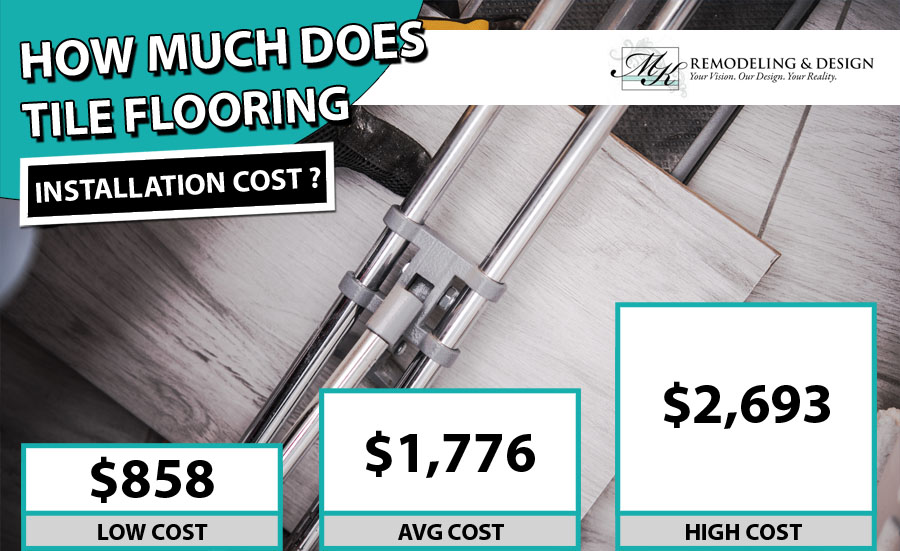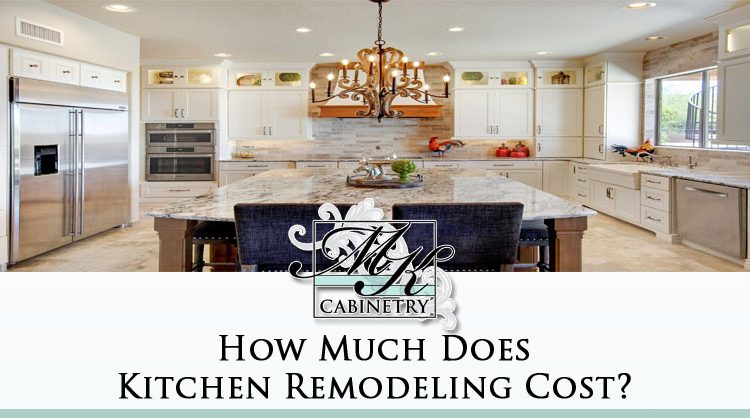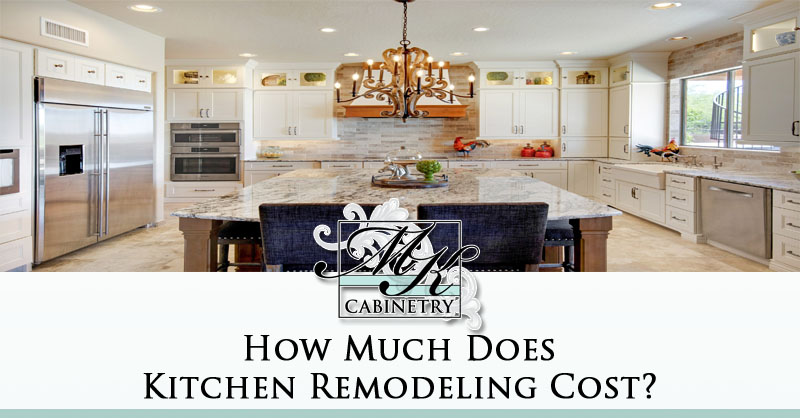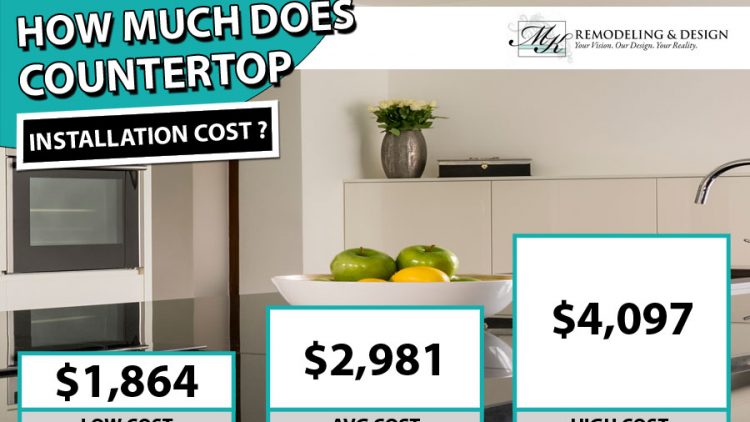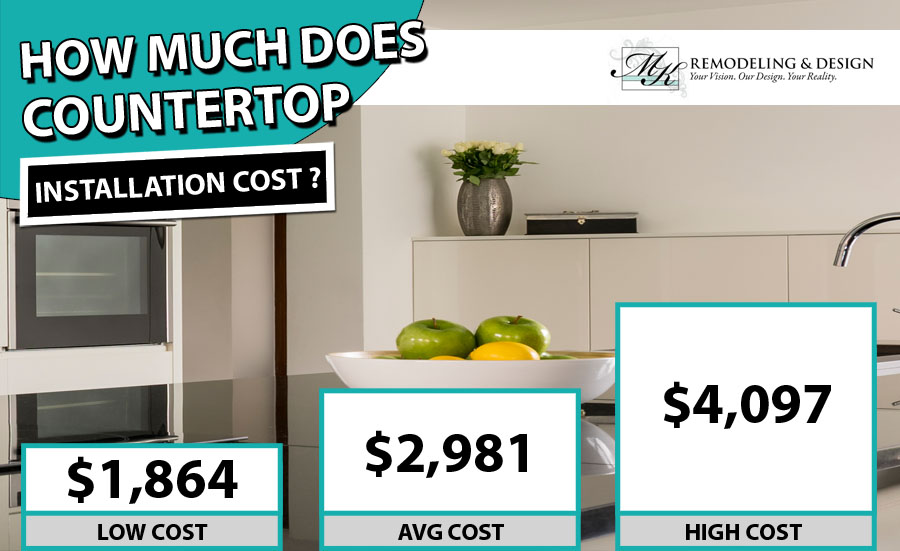How Much Does Hardwood Flooring Cost?
How Much Does Hardwood Flooring Cost?

Hardwood flooring costs about $4531 with average prices of installation ranging from $2498 to 6746 in the US for 2020, according to HomeAdvisor. The average cost per sq ft for hardwood flooring installation is about $14 per sq ft with average prices ranging from $6 per sq ft to $22 per sq ft.
Disclaimer – This is not an actual quote. Contact MK Remodeling today to get a quote for your project.
Table of Contents
Hardwood floors instantly add character and beauty to any room of the house. Actually, a lot of realtors say that installing hardwood floors in a home can make it sell faster while increasing the value of the home.
There are various types of hardwood floors, each with its own charm, color, durability, and qualities. It doesn’t matter which you choose, these floors should always be installed by professionals to assure that they are properly installed and that they last for their designed longevity.
How Much Does It Cost to Install Hardwood Floors?
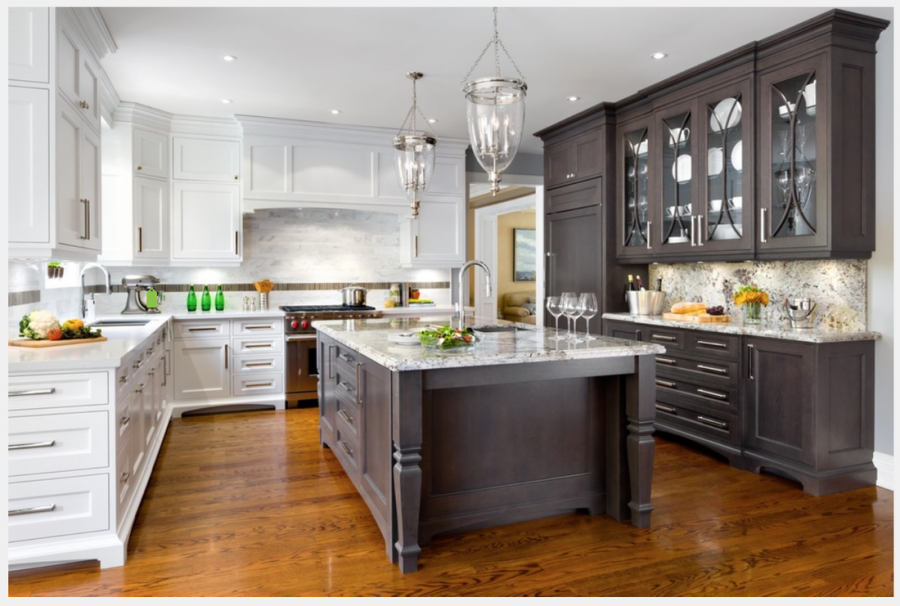
Hardwood flooring costs about $1905 with average prices of ranging from $1720 to $2093 in the US for 2020, according to AngiesList.
Hardwood flooring costs about $4531 with average prices of installation ranging from $2498 to 6746 in the US for 2020, according to HomeAdvisor.
According to HomeWyse, hardwood flooring installation costs about $1222 with average prices of installation ranging from $997 to $1447 for a 120 sq ft area.
Hardwood Floor Installed Cost Per Square Foot
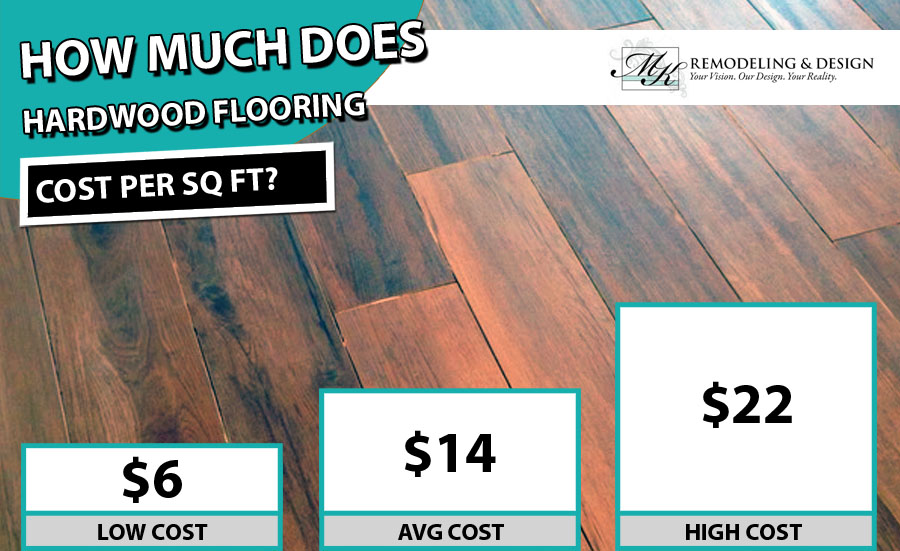
According to AngiesList, you expect to the cost to install hardwood floors to be $6.50 per sq ft with average prices ranging from $5 to $8 per sq ft.
HomeDepot hardwood floors installation prices range from $6 to $8 per square foot including labor and materials.
HomeAdvisor says, the average cost per sq ft for hardwood flooring installation is about $14 per sq ft with average prices ranging from $6 per sq ft to $22 per sq ft.
According to HomeWyse, the average cost per sq ft for wood flooring installation is about $10.19 per sq ft with average prices ranging from $8.31 to $12.06 per sq ft.
Cost to Replace Hardwood Floors
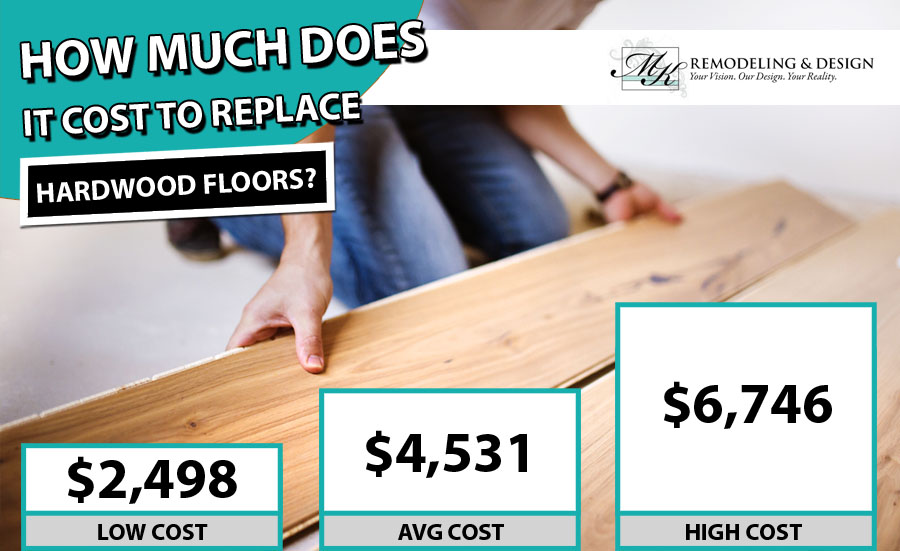
According to HomeAdvisor, the average cost to replace hardwood floors is about $4,531 with average prices for hardwood flooring replacement ranging from $2,498 to $6,746 in the US for 2020.
HomeAdvisor says, “Hardwood flooring costs most homeowners between $2,498 and $6,746 or an average of $4,531. Installing wood floors costs an average of $6 and $22 per square foot.”
Their article says that the lowest cost you can expect to pay for hardwood floor replacement is about $1,000. The highest you could expect to pay is about $11,000. Their data is based on real data reported by over 8,352 members.
How Much Does it Cost to Install 1000 Square Feet of Hardwood Floors?

According to HomeGuide, the average cost to install 1000 square feet of hardwood floors is about $8127 with average prices ranging from $6115 to $10,140 in the US for 2020 including the price of materials and labor. The average cost per sq ft is about $8.50 per sq ft with prices ranging from $6 to $11 per sq ft.
Average Hardwood Flooring Installation Cost
We took the average of the top 4 national sources to give you an average cost of hardwood floor installation.
The average cost to install hardwood floors is about $2553 with average prices ranging from $1,738 to $3,429 in the US for 2020 according to HomeAdvisor, HomeWyse, and Angie’s List.
The average hardwood floor installed cost per square foot is about $9.42 with the average cost per sq ft for hardwood flooring installation ranging from $6.33 to 12.51 in the US for 2020 according to HomeDepot, HomeAdvisor, HomeWyse, and Angie’s List.
Cost to Remove Hardwood Floor

The cost to remove a hardwood floor is about $353 with average prices ranging from $195 to $865 in the US for 2020, according to RemodelingExpense. The average cost per sq ft for hardwood flooring removal is about $3.52 per sq ft with average prices ranging from $1.95 per sq ft to $4.33 per sq ft.
Expect to pay more to take out old hardwood, laminate or tile floor that needs more work for disassembly and removal. Installers will also charge you more to clear away your furniture. Bear in mind that you will also have to pay more if your subfloor requires repairs — a cost that in the unknown until your old flooring is removed.
Why Choose Hardwood Floors?
Wood flooring cost is one of the highest in the flooring industry. Homeowners pay more for wood floors than other alternatives such as laminate, carpet or tile. Despite that, wood floors are a #1 choice because they last for many years without needing continual replacement.
Of all flooring options, wood flooring is popular among homeowners and for very good reason. Wood floors, particularly hardwood, have exceptional durability and a truly genuine look to the home. Wood floors are also very versatile, with their unique grain patterns of the original tree being revealed in the floorboards.
How Much Does Flooring Material Affect Price?
There are a lot of options for flooring material – this is the most essential variable. Low-grade woods like ash, pine or maple will be the least costly. You can expect to pay more for high-grade wood like oak or Brazilian cherry.
Flooring material is a large market – retail prices are always affected by the time of year, inventory and other types of issues. Some of these discounts might bring low-quality wood that installation companies don’t want to install.
You can also decide on prefinished flooring, which is faster and easier to install. However, prefinished flooring will cost more per square foot than unfinished flooring, so that may offset the installation cost. Be sure to address this option and the final cost with your flooring company.
To determine how much you can anticipate spending on a new wood floor, you must first realize the cost per square foot including materials and installation. If you are thinking about the more conventional wood floors that have plank widths of three inches or less, the cost depends on if you’re installing softwoods or hardwoods.
GET A HARDWOOD FLOORING INSTALLATION QUOTE IN MESA HERE!
Are you thinking about installing hardwood flooring in Mesa, Arizona? MK Remodeling offers professional and affordable flooring installation, bathroom remodels, and kitchen remodeling services in many areas of the Phoenix, Arizona area.


